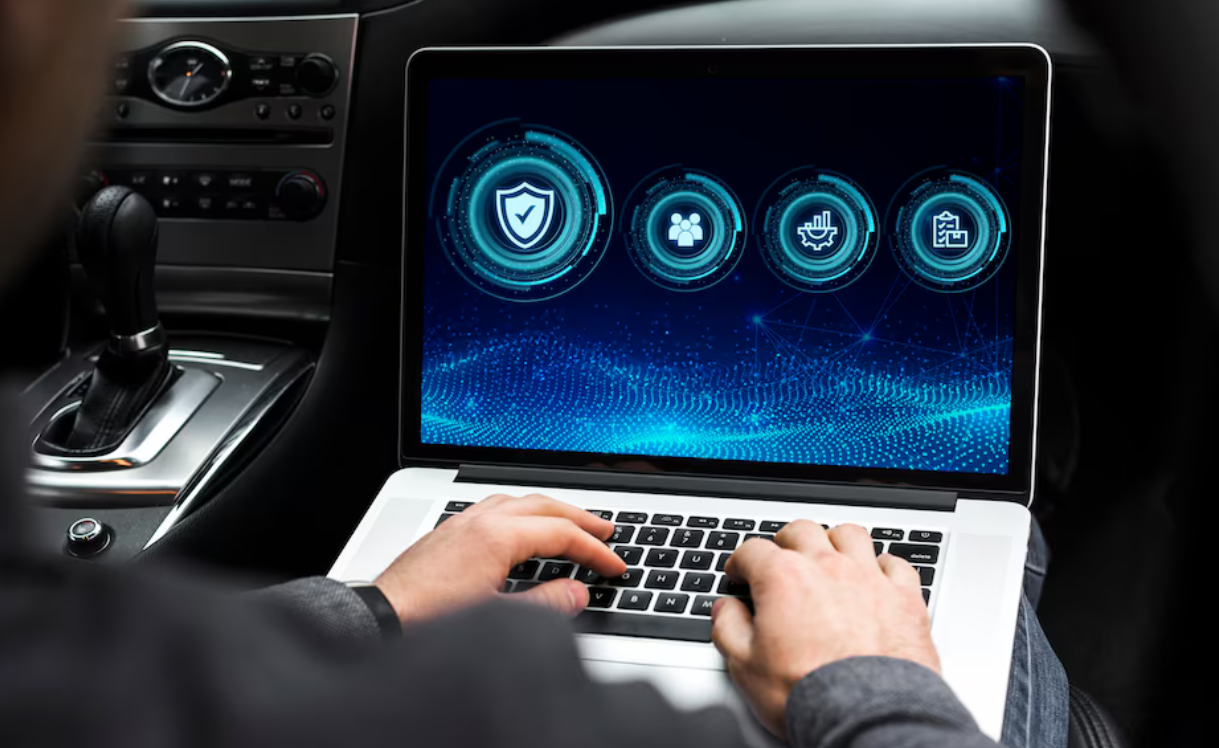In an era of increasing cyber threats, performing regular security scans on your PC is critical to safeguarding your personal information and ensuring optimal system performance. Whether you’re dealing with malware, viruses, or other security vulnerabilities, a full system scan can help identify and resolve potential threats before they escalate.
This comprehensive guide will walk you through the steps for conducting a full system security scan, highlight the tools you need, and share best practices to maximize your PC’s security.
Why Perform a Full System Security Scan?
Regular security scans are essential for the following reasons:
- Detecting Malware: Identifies viruses, spyware, ransomware, and other malicious software.
- Preventing Data Breaches: Helps secure sensitive information such as passwords and personal files.
- Optimizing System Performance: Eliminates harmful programs that may slow down your PC.
- Ensuring Compliance: Meets security standards for workplaces or regulatory environments.
Steps to Perform a Full System Security Scan on Your PC
1. Choose a Reliable Antivirus Software
The foundation of a successful security scan is a reliable antivirus program. Popular options include:
- Norton Antivirus
- McAfee Total Protection
- Bitdefender Total Security
- Windows Defender (built into Windows 10/11)
Look for antivirus software that offers real-time protection, frequent updates, and comprehensive scanning capabilities.
2. Update Your Antivirus Software
Outdated antivirus software may not detect the latest threats. Before starting a scan:
- Ensure the virus definitions are up-to-date.
- Check for software updates and install them.
- Enable automatic updates to keep your software current.
3. Disconnect from the Internet
To prevent new threats from accessing your system during the scan, disconnect your PC from the internet:
- Turn off Wi-Fi or unplug the Ethernet cable.
- Avoid reconnecting until the scan is complete.
4. Close Unnecessary Applications
Running applications can interfere with the scanning process and slow down your PC. Before initiating the scan:
- Save any open files.
- Close all non-essential programs.
- Pause background processes like downloads or updates.
5. Perform a Full System Scan
Now, it’s time to initiate the scan. Depending on your antivirus software, follow these steps:
- Open the antivirus program.
- Navigate to the “Scan” or “Security” tab.
- Select “Full System Scan” or “Deep Scan.”
- Click “Start” or “Run Scan.”
A full system scan checks every file, folder, and partition on your PC, which may take several hours depending on your system’s size and speed.
6. Review the Scan Results
After the scan completes, your antivirus will display a report that includes:
- Detected Threats: Malware, viruses, or suspicious files.
- Resolved Issues: Items that were successfully quarantined or removed.
- Unresolved Issues: Threats requiring further action.
Carefully review this report and follow the recommended steps to address any issues.
7. Quarantine or Remove Threats
For any detected threats:
- Quarantine: Isolates the malicious files, preventing further harm while retaining them for analysis.
- Remove: Deletes the malicious files permanently.
Most antivirus programs offer automatic options for these actions, but you can manually confirm each step if needed.
8. Perform a Follow-Up Scan
After removing threats, run another scan to ensure no malware remains on your system. This secondary scan often detects issues missed during the initial sweep.
9. Update Your Operating System and Applications
Outdated software can be a gateway for cyberattacks. Post-scan, check for and install updates for:
- Operating System: Use Windows Update or Mac Software Update.
- Applications: Ensure browsers, plugins, and other software are updated.
10. Enable Real-Time Protection
Most antivirus programs offer real-time protection to monitor your system continuously. Enable this feature to:
- Detect threats as they occur.
- Prevent harmful downloads or installations.
- Receive immediate alerts for suspicious activities.
Tips for Maximizing Security Scans
1. Schedule Regular Scans
Set up automatic scans to run daily, weekly, or monthly. This ensures your system is routinely checked for vulnerabilities.
2. Use a Dedicated Malware Scanner
Consider using specialized tools like Malwarebytes or Spybot Search & Destroy for an additional layer of security.
3. Scan External Devices
Before using USB drives, external hard drives, or other peripherals, scan them for threats. Many antivirus programs allow you to include external devices in full system scans.
4. Check Startup Programs
Malware often embeds itself in startup programs. Use tools like Task Manager (Windows) or Activity Monitor (Mac) to review and disable suspicious startup items.
5. Secure Your Network
A compromised network can reintroduce malware. Ensure your Wi-Fi network is encrypted with WPA3 and your router firmware is up-to-date.
Common Mistakes to Avoid
- Skipping Updates: Outdated antivirus software can’t detect new threats.
- Ignoring Threat Alerts: Always address detected threats immediately.
- Using Multiple Antivirus Programs: Running multiple antivirus solutions can create conflicts and reduce effectiveness.
- Neglecting External Devices: Failing to scan peripherals can allow malware to bypass your defenses.
What to Do If Malware Is Found
If malware is detected and cannot be removed by your antivirus software:
- Boot into Safe Mode: This mode prevents most malware from operating.
- Use Advanced Tools: Employ tools like Kaspersky Virus Removal Tool or Norton Power Eraser.
- Restore from Backup: If the malware persists, restore your system to a previous state using a clean backup.
- Consult a Professional: For severe infections, seek help from cybersecurity experts.
Performing a full system security scan is a vital step in maintaining your PC’s safety and performance. By following this guide, you can proactively detect and eliminate threats, ensuring your personal data and files remain secure. Combine these scans with other best practices, such as regular updates and strong passwords, for a comprehensive security strategy.







